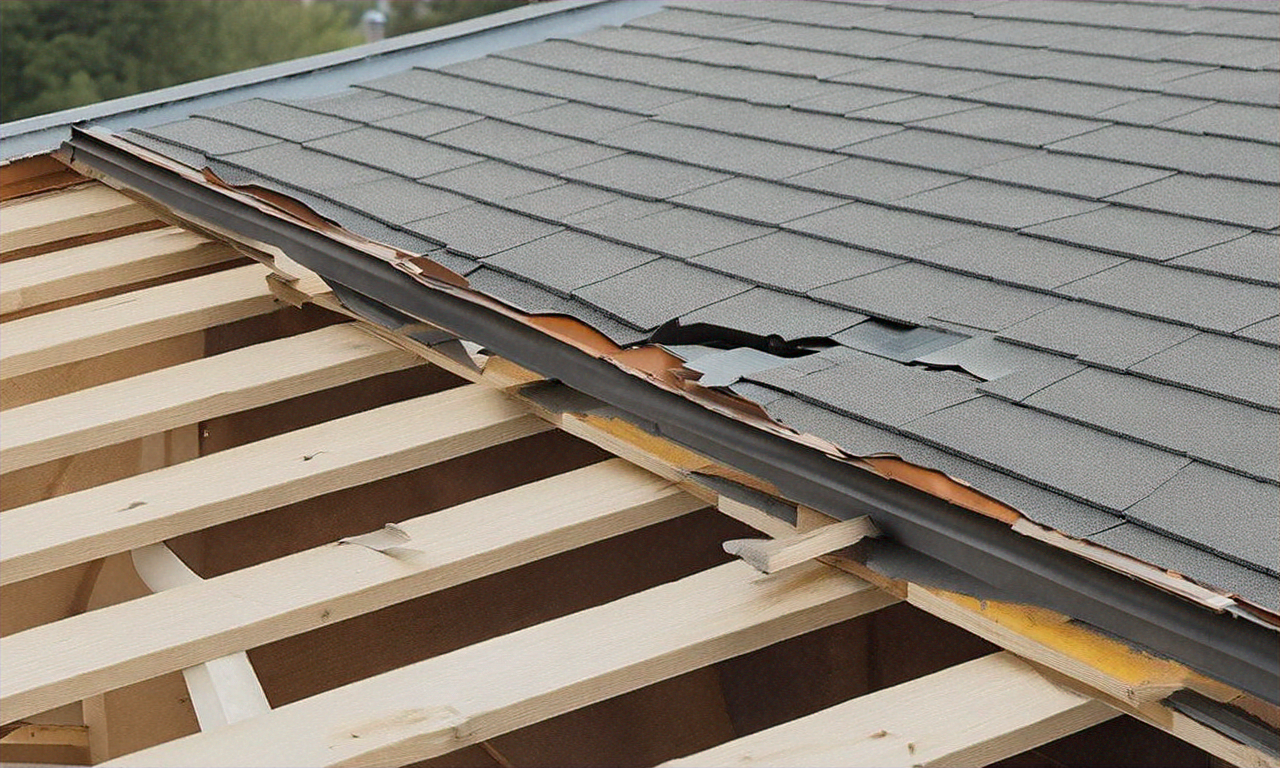The Advantages of Metal Roofing: Durability, Efficiency, and Style
Metal roofing has become an increasingly popular choice for homeowners and builders alike. This innovative roofing solution offers a unique combination of durability, energy efficiency, and aesthetic appeal that sets it apart from traditional roofing materials. As more people discover the benefits of metal roofs, they are quickly becoming a preferred option for both residential and commercial buildings.

Another key advantage of metal roofing is its energy efficiency. Metal roofs reflect solar radiation, reducing heat absorption and keeping homes cooler during hot summer months. This can lead to lower energy bills and improved comfort for occupants. Additionally, metal roofs are environmentally friendly, as they are often made from recycled materials and can be fully recycled at the end of their lifespan.
How do metal roofs compare to traditional roofing materials?
When compared to traditional roofing materials like asphalt shingles or wood shakes, metal roofs stand out in several ways. Firstly, metal roofs are significantly more durable and resistant to extreme weather conditions. They can withstand high winds, heavy rain, and even hail without sustaining damage. This resilience makes them an excellent choice for areas prone to severe weather events.
In terms of maintenance, metal roofs require minimal upkeep compared to other roofing materials. They don’t rot, crack, or warp like wood, and they don’t curl or lose granules like asphalt shingles. This low-maintenance quality saves homeowners time and money on regular roof care and repairs.
Metal roofs also offer superior fire resistance compared to many traditional roofing materials. This added safety feature can provide peace of mind for homeowners and may even lead to lower insurance premiums in some cases.
What styles and colors are available for metal roofs?
One common misconception about metal roofs is that they lack aesthetic appeal. However, modern metal roofing systems come in a wide variety of styles, colors, and finishes to suit any architectural design or personal preference. From sleek standing seam panels to tiles that mimic the look of traditional clay or slate, there’s a metal roofing option to complement virtually any home or building style.
Color options for metal roofs are nearly limitless, with manufacturers offering everything from classic earth tones to bold, vibrant hues. Many metal roofs also feature special coatings that can change color depending on the angle of view or lighting conditions, adding a dynamic element to a home’s exterior.
Are metal roofs suitable for all types of buildings?
Metal roofs can be installed on a wide range of buildings, from residential homes to commercial structures and industrial facilities. Their versatility makes them suitable for both new construction and retrofit projects. However, it’s important to consider factors such as the building’s structure, local climate, and architectural style when deciding if a metal roof is the best choice for a specific property.
For residential applications, metal roofs work well on various house styles, including modern, traditional, and rustic designs. In commercial settings, metal roofs are often chosen for their durability and low maintenance requirements, making them ideal for offices, warehouses, and retail spaces.
What is the cost of installing a metal roof?
The cost of installing a metal roof can vary widely depending on factors such as the type of metal used, the complexity of the roof design, and local labor rates. While metal roofs generally have a higher upfront cost compared to traditional roofing materials, their long-term value often outweighs the initial investment.
| Metal Roof Type | Average Cost per Square Foot | Lifespan |
|---|---|---|
| Steel | $6 - $12 | 40-70 years |
| Aluminum | $7 - $15 | 50+ years |
| Copper | $15 - $25 | 70+ years |
| Zinc | $10 - $20 | 60-100 years |
Prices, rates, or cost estimates mentioned in this article are based on the latest available information but may change over time. Independent research is advised before making financial decisions.
It’s important to note that while the initial cost of a metal roof may be higher, the long-term savings in energy costs, maintenance, and replacement can make it a cost-effective choice over time. Additionally, metal roofs can increase a home’s resale value, providing another potential financial benefit for homeowners.
How does the installation process for metal roofs differ from traditional roofing?
The installation process for metal roofs requires specialized skills and equipment, which is why it’s crucial to hire experienced professionals for the job. Unlike traditional roofing materials that are often nailed directly to the roof deck, metal roofing systems typically involve a more complex installation process.
First, a proper underlayment is installed to provide an additional layer of protection against moisture. Then, depending on the specific metal roofing system, panels or shingles are carefully attached using concealed fasteners or clip systems. This method not only ensures a watertight seal but also allows for the natural expansion and contraction of the metal with temperature changes.
While the installation process may take longer than that of traditional roofing materials, the result is a robust, long-lasting roof that provides superior protection for the building beneath.
In conclusion, metal roofs offer a compelling combination of durability, energy efficiency, and aesthetic versatility that makes them an attractive option for many homeowners and builders. While the initial investment may be higher than traditional roofing materials, the long-term benefits in terms of longevity, reduced maintenance, and potential energy savings make metal roofs a wise choice for those looking to protect and enhance their property for years to come.






